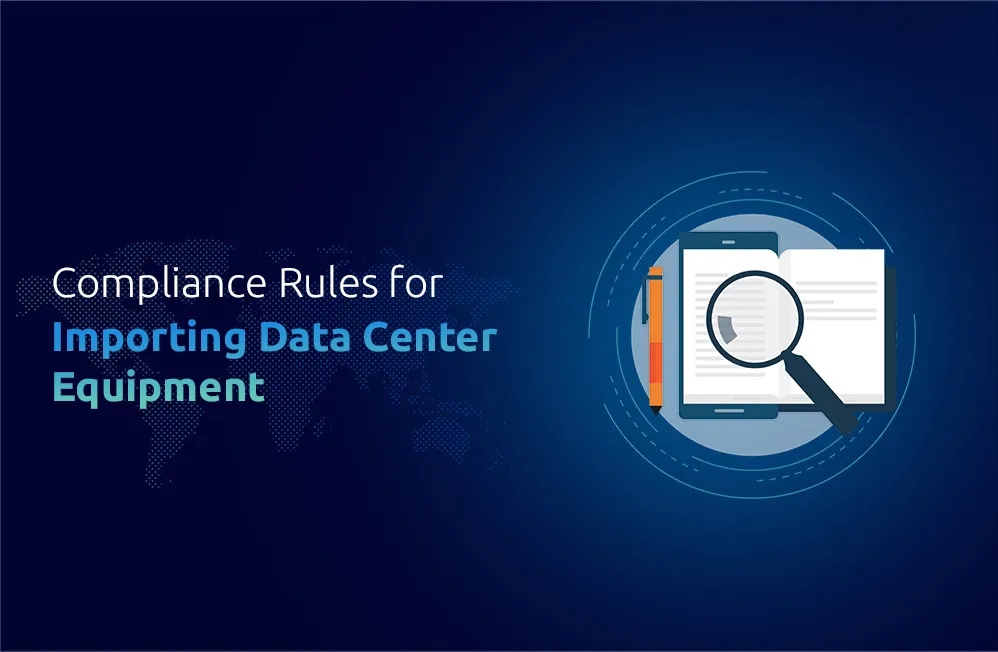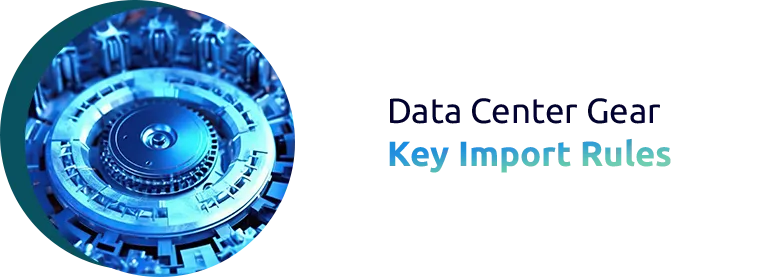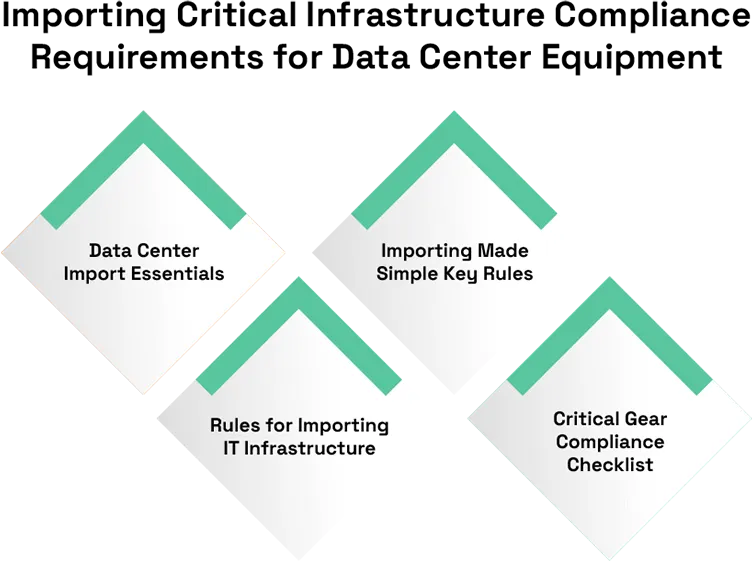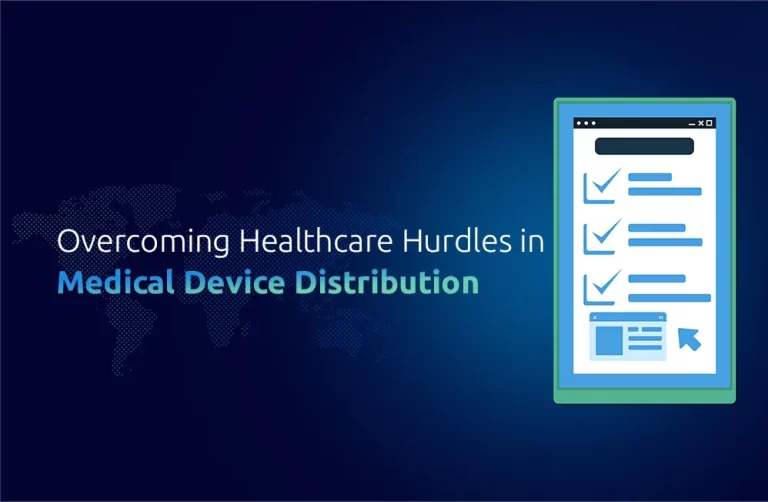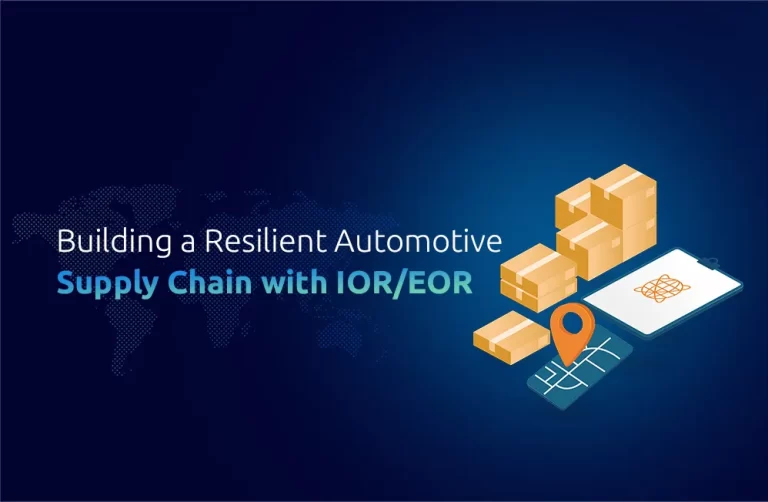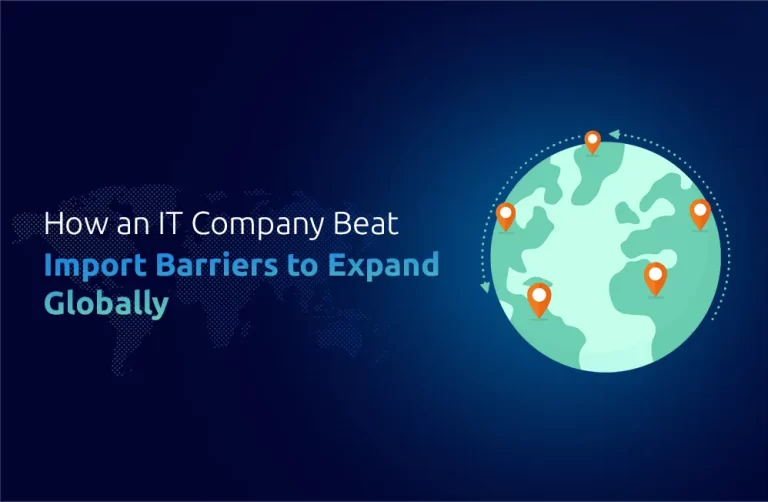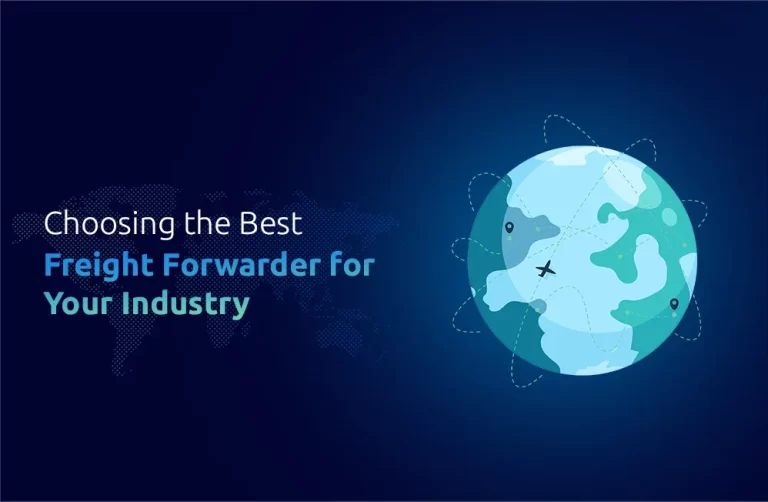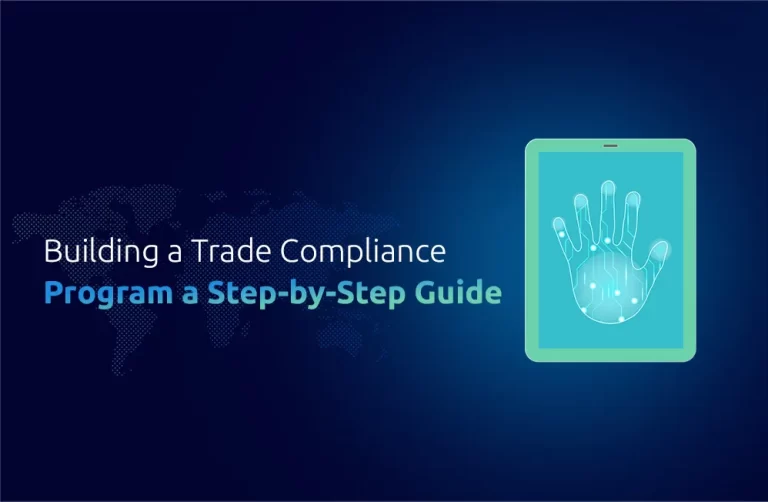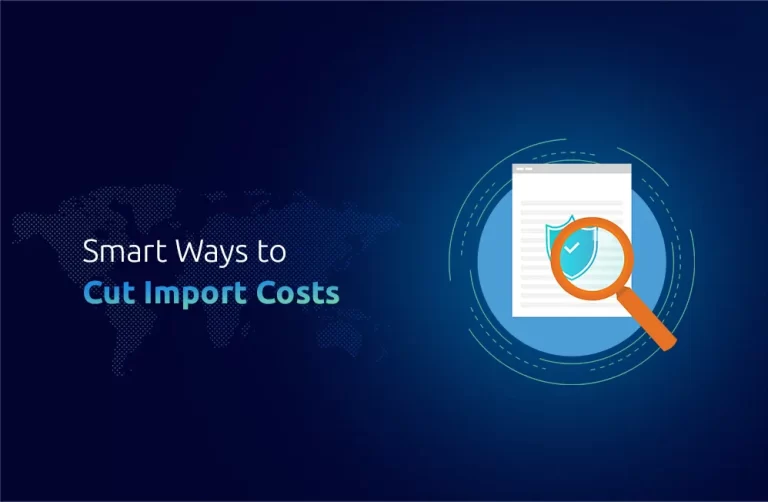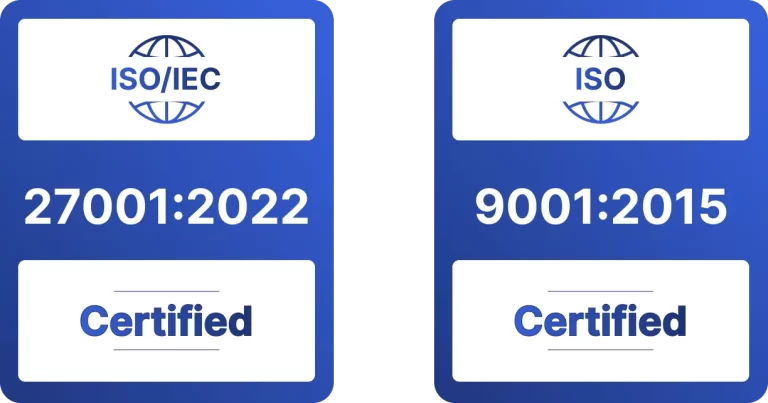Insight
The import of mission-critical technology, such as data centre equipment, is not an easy undertaking. Beyond knowing the import regulations of international trade, they must negotiate the behaviours of a particular local tradition and ensure they maintain any legal requirements to prevent unnecessary delays or fines for business. The problems imported data centres encounter are unique as they depend on special-purpose equipment such as servers, storage, and networking. Those challenges range from assuring that equipment is treated correctly to ensuring that all the needed permits, certifications, and signed-off government papers are in place.
For businesses importing data centre equipment, familiarizing themselves with the various filing requirements and requirements can facilitate the process and help it run more efficiently. In this blog, we will explore the key compliance elements to bear in mind when importing mission-critical data centre infrastructure so that the equipment is handled correctly, from when it is received at the port to when it arrives and is operating in the data centre.
Know About Regulatory Compliance for the Import of Data Center Equipment
It is important to comply with import regulations for data centre equipment since handling and installation of this specialized equipment are typically governed by strict international and local laws. These standards assist in providing a degree of compliance with safety requirements and acceptance for operational use in specified environments. When bringing data centre equipment into a country, businesses and service providers must follow international standards and the specific importing regulations defined by that country.
In most places, data centre equipment is complex technology. This can mean the systems need export control and certain safety and security requirements to avoid easily exporting sensitive information and technology. In addition to these standards at the international level, companies must also know the customs laws in the country where the equipment will be introduced to the market. These rules might encompass everything from tariffs and taxes to limitations on types of goods.
Key Documentation for Importing Data Center Equipment
When you import data centre equipment, what paperwork is in order is one of the most important aspects. Required Documentation The specific documents that are needed will depend upon which country the goods are being imported into, but the most common documents include:
Import License: A permit required in some countries to import and enter goods into the destination country, following specific rules and conditions determined by the country and type of equipment. This license indicates that the importer can bring the goods into the country with government authorization.
Origin Certificate: This is the proof of the equipment’s country of origin. It is typically used to clear customs & calculate duties or trade restrictions for imported goods concerning the local market.
Bill of Lading: A bill of lading is a receipt for a shipment & includes information about the shipper & the receiving party, as well as a description of the shipment. This is essential for easy monitoring to check if the equipment is delivered as planned.
Commercial Invoice: The Commercial invoice is the value of goods for customs and contains shipment details. This paper is essential when importing to estimate duties and taxes.
Compliance certificates: Other compliance certificates may be applicable depending on the type of equipment used. (e.g., RoHS compliance for electronic devices or UL certification for electrical devices).
Ensuring that all these documents are correctly completed and delivered in time will prevent delays or additional costs at customs. Accurate documentation is crucial: errors in or lack of documentation can lead to penalties or seizure, so businesses must be diligent in planning.
Data Center Equipment Importing Customs Clearance and Duties
Customs clearance is necessary after the equipment arrives at the port of entry and before being released and delivered to the end user. Customs clearance is the procedure by which you prove that you have drawn up the documents correctly and paid duties, taxes, or anything else due to them. The tax due may be multiplied by the invoiced value of the imported equipment, the country of manufacture, and the individual classification code under the Harmonized System (HS) code into which the equipment falls.
Tariffs on data centre equipment can be anywhere from 0% to a high percentage of the value of the shipment, depending on the country. Some countries have exemptions or lower tariffs for particular types of hardware, such as energy-saving equipment. Prior analysis of the relevant tariffs and duties can help businesses predict the total cost of importing data centre equipment and allow for accurate budgeting. Value Added Tax (VAT) on imports is relevant in most countries. Businesses need to know whether they qualify for VAT exemptions or rebates, especially if the equipment is used for business purposes. In other instances, companies must claim back VAT on goods after importing and using them.
Data Center Equipment Transport and Carrying
Importing essential infrastructure such as data centre hardware requires caution, and transportation and logistics are just as important as regulatory aspects. Data centre equipment is often delicate, temperature- and humidity-sensitive and expensive, and therefore, should be properly handled during shipping and at its destination.
Equipment needs to travel in specialised packaging, be stored at a controlled temperature, and be transported securely to facilitate arrival in working order. Businesses must select logistics partners that fully understand the importance of transporting high-value, delicate products and can accommodate the unique requirements of data centre equipment.
Conclusion
When it comes time to import the core infrastructure of your business, like data centre hardware, you have to ensure that the details are taken into account, all compliances are firmly in place, and logistics are carefully managed. Businesses can move their capital equipment into use without disruption by being compliant and managing the intricate legal entity requirements. For companies needing to import data centre equipment and would like to make the entire process a breeze, having access to specialists who recognise these challenges is key. Here at One Union Solutions, we ensure that we provide hassle-free, prompt , and compliant import.
Did You Know that,
Global investment in data centre infrastructure is expected to surpass $200 billion by 2023, with a growing focus on renewable energy-driven and energy-efficient facilities.
FAQs
What permits are required when importing data centre equipment?
Permits such as import licenses, export control licenses and compliance certifications may be necessary depending on your location and type of equipment.
How can I avoid delays when importing data center equipment?
Ensure that all required documentation, such as the commercial invoice, certificate of origin, and compliance certificates, is prepared and submitted on time.
What are the common customs duties for data center equipment imports?
Customs duties vary by country and equipment type. Rates can range from 0% to a higher percentage, based on classification under the Harmonized System (HS) code.
Are there any exemptions for data center equipment imports?
Some countries offer exemptions or reduced tariffs for certain energy-efficient or environmentally friendly data center equipment.
How should data center equipment be transported to prevent damage?
Specialized transport services should be used to ensure secure, temperature-controlled handling during transit, particularly for fragile and sensitive equipment.

